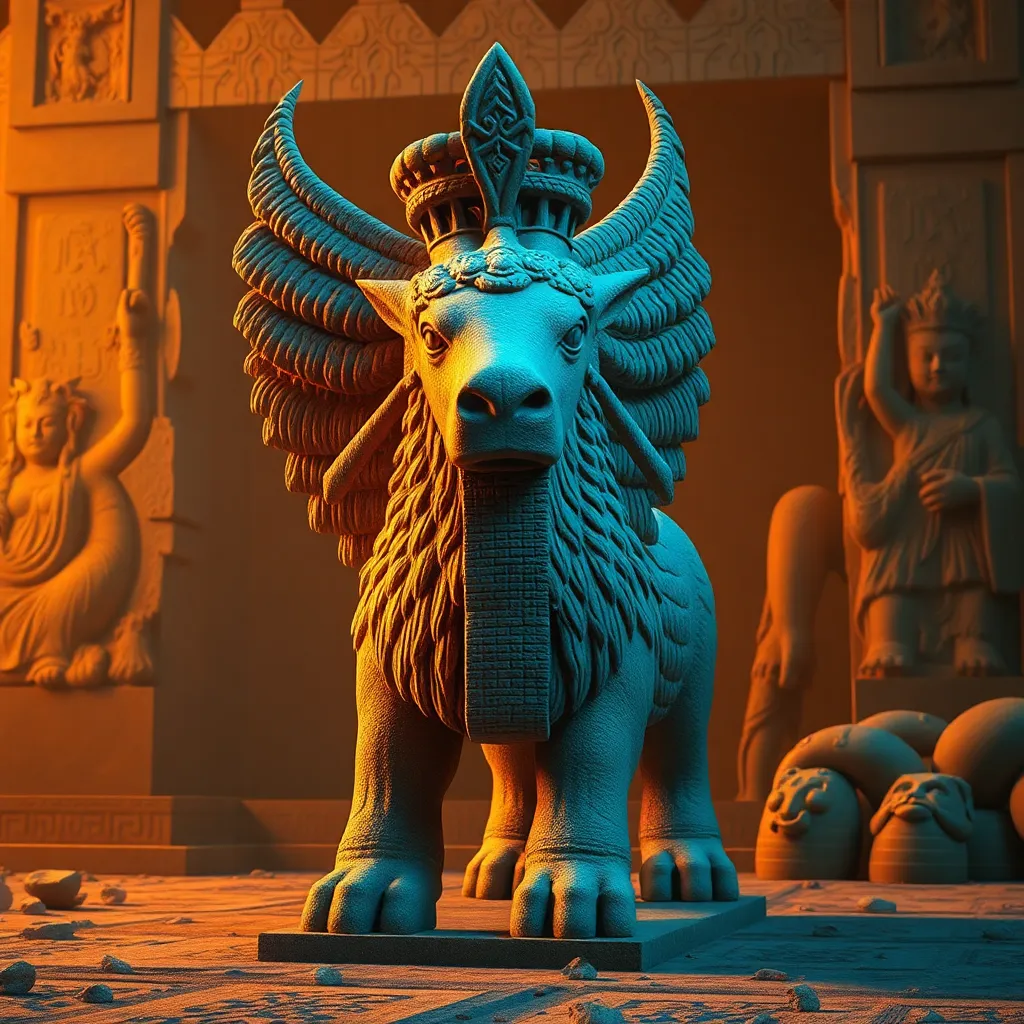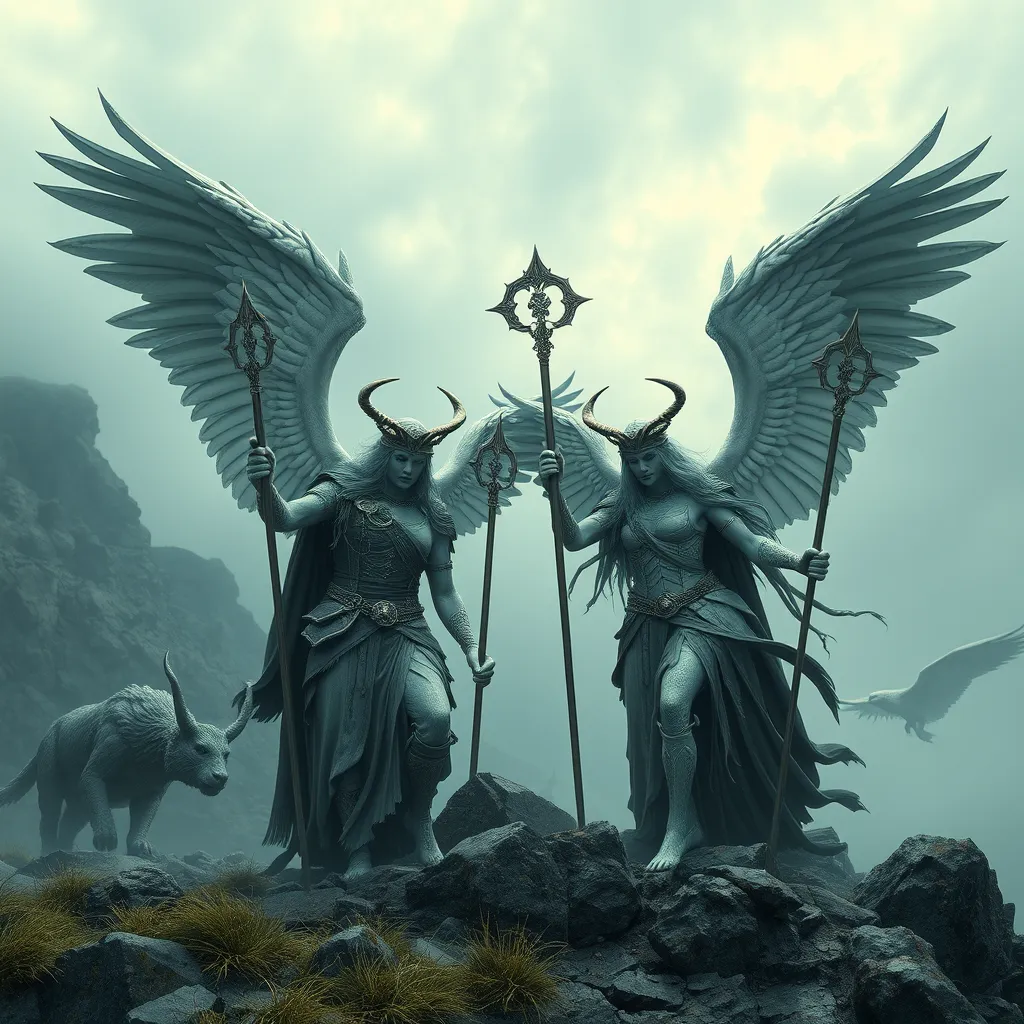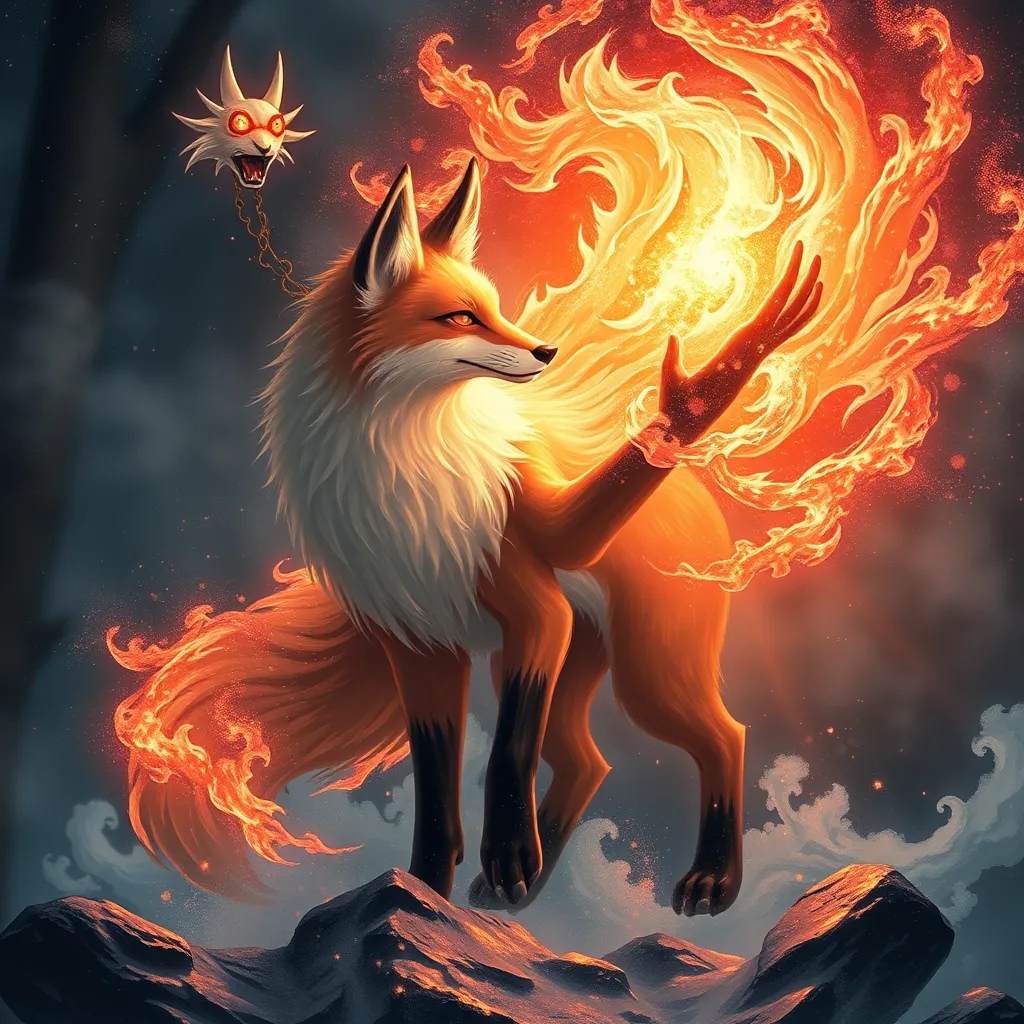Guardians of the Underworld: Unveiling the Babylonian God Nergal and his Role in the Afterlife
I. Introduction
Nergal is one of the most significant deities in Babylonian mythology, embodying the complex beliefs and traditions of the ancient Mesopotamians. As a god associated with both war and the underworld, Nergal holds a unique position that reflects the duality of life and death in ancient cultures.
The underworld, or Kur, was a crucial aspect of the belief system in ancient Mesopotamia, representing the final destination for souls and a realm governed by powerful deities. Understanding Nergal’s attributes and his role in the afterlife provides insight into how the Babylonians viewed death and what lay beyond.
This article aims to explore the multifaceted nature of Nergal, examining his origins, his significance in the Babylonian pantheon, and his enduring impact on perceptions of the afterlife.
II. Historical Context of Babylonian Religion
The ancient Babylonian civilization, flourishing between 1894 BC and 539 BC in Mesopotamia, was characterized by advanced culture and rich religious practices. Babylon, as a prominent city-state, became the center of political and economic life, shaping a complex religious landscape.
In the Babylonian pantheon, numerous gods and goddesses were worshipped, each with distinct roles and attributes. Key deities included:
- Marduk: The chief god associated with creation and order.
- Ishtar: The goddess of love, war, and fertility.
- Enlil: The god of wind and air, considered a king of the gods.
The afterlife held significant cultural importance in Babylonian society, influencing various aspects of daily life, including burial practices and funerary rituals. The belief in an afterlife shaped moral conduct and societal norms, emphasizing the need to appease the gods to ensure a favorable judgment after death.
III. Nergal: The God of War and the Underworld
The etymology of Nergal’s name is believed to derive from the Akkadian word for “great lord,” reflecting his status as a powerful deity. He is often depicted as a fierce warrior, embodying the destructive aspects of war, yet also as a ruler of the underworld.
Nergal’s dual role as a god of war and the underworld illustrates the ancient belief in the interconnectedness of life and death. His actions in battle could lead to death, while his dominion over the underworld provided a space for souls to reside.
Iconographically, Nergal is portrayed in various forms, often depicted with:
- A lion or a serpent, symbolizing power and ferocity.
- A double-headed axe or a spear, representing his martial prowess.
- Attributes associated with the underworld, such as darkness and shadows.
IV. Nergal’s Domain: The Underworld
The Babylonian underworld, known as Kur, is a shadowy realm where souls journey after death. Unlike later conceptions of heaven and hell, Kur was a dreary place where spirits resided in a state of existence devoid of joy or suffering.
Nergal’s role as the ruler and guardian of the underworld established him as a significant figure overseeing the fate of the deceased. He was believed to judge souls, determining their place in the afterlife based on their earthly lives.
The themes of death and rebirth are prevalent in Nergal’s domain, symbolizing the cyclical nature of existence. The Babylonians believed that death was not an end but a transition, and Nergal played a vital role in this transformative process.
V. Myths and Legends Involving Nergal
Several myths highlight the significance of Nergal in Babylonian mythology, particularly his interactions with the goddess Ereshkigal, the queen of the underworld. One of the key myths is the story of Nergal and Ereshkigal, where Nergal descends to Kur and confronts Ereshkigal, resulting in a complex relationship that blends themes of love, power, and mortality.
Nergal’s journey to the underworld underscores the idea of confronting death and the unknown, emphasizing the importance of understanding one’s fate. This myth, along with others involving Nergal, influenced Babylonian culture by reinforcing the significance of rituals and offerings to appease the gods of the afterlife.
VI. Nergal’s Worship and Rituals
Historical evidence indicates that Nergal was widely worshipped in ancient Babylon, with numerous temples and sacred sites dedicated to him. The most notable temple, the E-ninnu, was located in Kutha, a city associated with Nergal and revered as a center for his cult.
Rituals and offerings to Nergal were integral to Babylonian religious practices, aiming to secure favor and protection. Common practices included:
- Offering sacrifices of animals, particularly goats and cattle.
- Performing rituals to honor the dead and ensure safe passage to the underworld.
- Celebrating festivals that acknowledged Nergal’s role in the cycle of life and death.
VII. Nergal’s Legacy in Modern Culture
Today, Nergal’s influence persists in contemporary literature and art, often depicted as a symbol of death and the complexities of the human experience. His character has been reinterpreted in various forms, from novels to graphic novels, reflecting ongoing fascinations with themes of mortality and the afterlife.
The influence of Babylonian mythology, including the stories of Nergal, continues to shape modern perceptions of the afterlife, inspiring explorations of death in various cultural narratives. Nergal’s representation in popular media, including films and video games, serves to highlight the enduring legacy of ancient beliefs in shaping contemporary understandings of life and death.
VIII. Conclusion
Nergal’s importance in Babylonian mythology cannot be overstated. As a powerful deity of both war and the underworld, he encapsulates the duality of existence, providing insight into the ancients’ perceptions of death and the afterlife. Through his myths, worship, and cultural significance, Nergal remains a vital figure whose legacy continues to resonate in modern narratives about life, death, and the eternal unknown.
Reflecting on the impact of Nergal and the underworld, we recognize how ancient beliefs continue to influence contemporary thought, reminding us of the complex relationship between humanity and the mysteries of existence.



